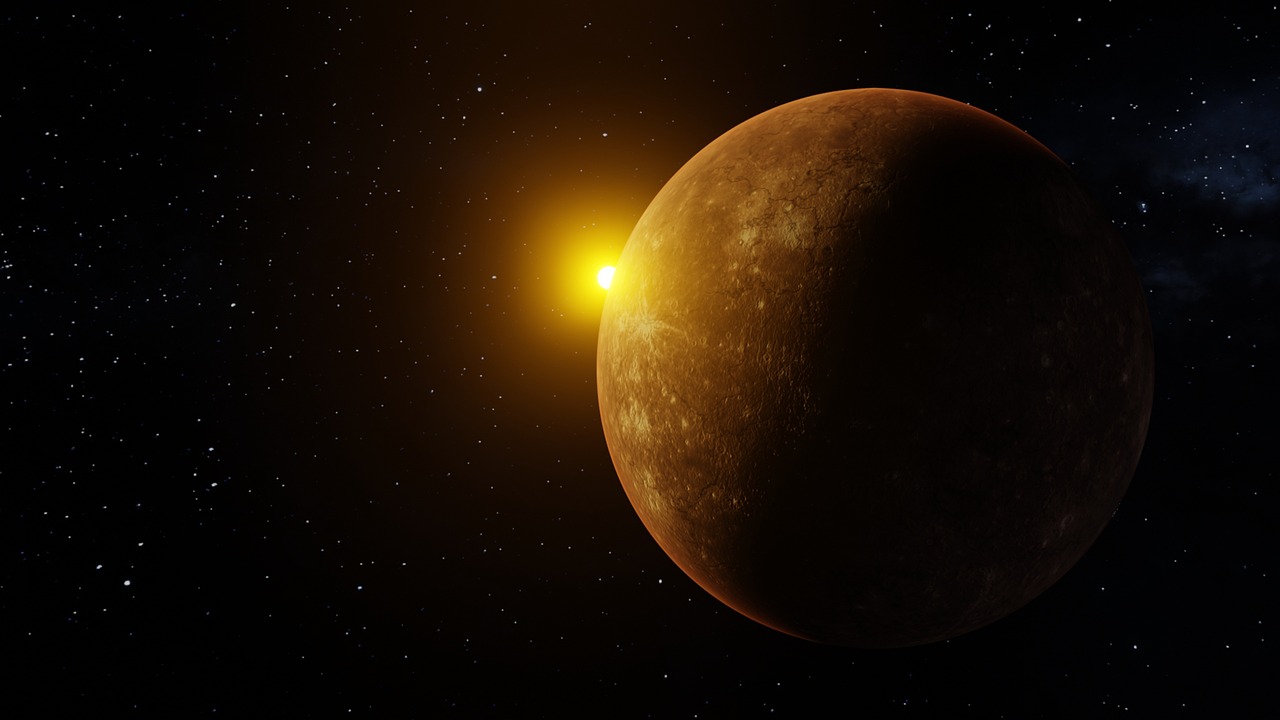The exquisite small statue represents the messenger deity Mercury, depicted in the nude apart from a chlamys draped over his right shoulder and cascading down his back, with its lower edge enveloping his left arm. This youthful figure is poised on his right leg, the left leg slightly bent, and rests on a low pedestal. The pose, characterized by a soft drop of the left hip and a subtle elevation of the right hip, creates an elegant S-curve that is particularly striking when viewed from behind.
Mercury holds his right arm down and outward, clutching a small moneybag, while his left arm is sharply bent at the elbow, resting against his left hip, likely cradling a caduceus. The expression on his face, with his head tilted slightly down and to the right, exudes a thoughtful demeanor enhanced by his large, almond-shaped eyes. Atop his short, curly hair, a pair of wings emerges, signifying his role as a swift messenger. Revered for safeguarding travelers and merchants, Mercury was a prominent figure among the gods throughout the transitions from the Late Hellenistic to the Roman Imperial eras. While there was a general inclination towards poses reminiscent of the canonical works of Polykleitos, such as the Doryphoros, the statuettes themselves displayed a significant diversity in their forms.
Condition and Provenance
This particular piece measures a height of 2 2/5 inches (6.1 cm) and presents a remarkable state of preservation, showcasing a captivating green patina. Its proportions and graceful curves contribute to its desirability as an exquisite example of this genre.
Previously, the statue was part of the Content collection based in New York and London during the 1980s and later transitioned to the Medusa Ancient Art collection in Canada in 2010.
Reference Works
In the bibliographic record, one can find parallels in the works edited by Beck, Bol, and Bückling in “Polyklet: Der Bildhauer der griechischen Klassik” (exhibition catalog, Frankfurt, Liebghaus), specifically on page 398, figure 238, number 15. Other notable parallels include those housed at the Walters Art Museum (inv. 54.1482), in Berlin (inv. Misc. 7093), and at Princeton (inv. Y1956-96).



